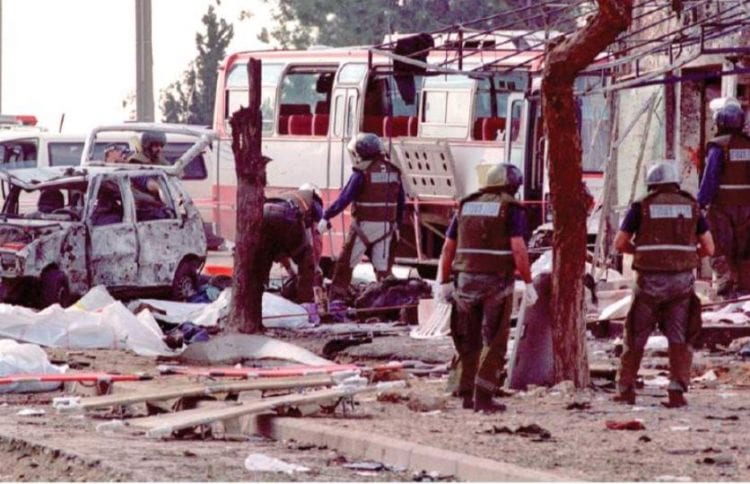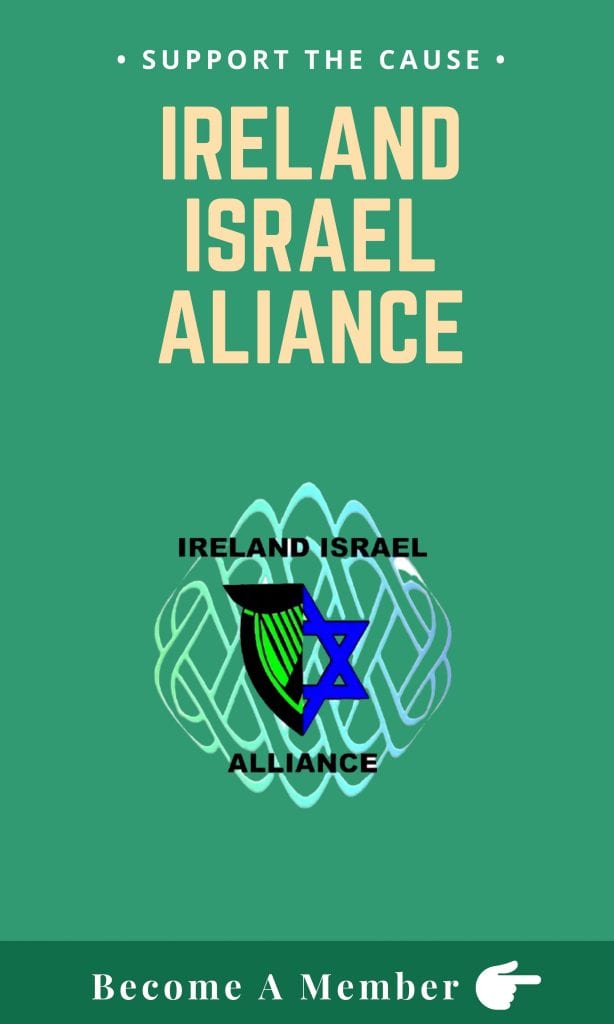21 Israelis massacred at Beit Lid Junction, near Netanya, 22 January 1995
Beit Lid junction is an important crossroads between Tel Aviv and Haifa. On the morning of 22 January 1995, the bus stop there was crowded with thousands of young IDF soldiers and reservists returning to duty after weekend leave. A member of the Palestinian Islamic Jihad (PIJ) terrorist group, disguised as an Israeli soldier, mingled with the crowd and detonated his suicide belt. Fifteen minutes later, a second bomber blew himself up among the injured survivors and those helping them, killing and injuring many more. Altogether, 20 soldiers were killed, along with one civilian from a nearby moshav.
A third bomb was left in a kit bag at the site for another suicide bomber who did not arrive. This was intended to kill Prime Minister Yitzhak Rabin, who visited the site the following day and walked within metres of the bag.
The massacre happened between the two phases of the Oslo peace accords, Oslo I (1993) and Oslo II (1995). These agreements were founded on the recognition by Israel of the PLO as the legitimate representative of the Palestinian Arab people in exchange for the promised recognition by the latter of Israel’s right to exist.

Those who have convinced themselves that the conflict is fuelled mainly by Israeli intransigence need to consider the significance of attacks such as Beit Lid. Despite the shock, grief and anger aroused among Israelis by the attack, the government of Rabin and his foreign minister, Shimon Peres, determined to press on with the peace process. In late 1995, Israeli troops would withdraw from the major West Bank cities, leaving more than 90 per cent of the Palestinians in areas fully controlled by Yasser Arafat at the head of the new Palestinian Authority.
The Oslo process was supposed to lead on from Palestinian autonomy to full independent statehood within five years. That never happened, largely due to the continuing terrorism and the duplicity of Arafat.
The Beit Lid massacre was one a string of major terror attacks that began before Oslo I and continued past Oslo II, culminating in three horrific suicide bombings in Jerusalem and Tel Aviv in February-March 1996 that killed 58 Israelis.
Arafat called Rabin to express condolences for the Beit Lid attack, and the Palestinian Authority, armed by Israel, arrested and jailed hundreds of Hamas and PIJ activists. However, the terror infrastructures remained in place, and the Authority’s efforts failed to stop the attacks.
Arafat’s true attitude is evidenced by two actions. In 1994, not long after the signing of Oslo I, he had travelled to Johannesburg where he secretly told a mosque audience that they need not worry about the agreement with Israel: it need be no more permanent than the Treaty of Hudaibiya concluded by Muhammad himself with the Meccans in 628 AD and broken two years later.
In 2000, he would follow this model when he rejected Prime Minister Barak’s offer of a state on more than 90 per cent of the West Bank along with Gaza and a shared Jerusalem, then broke off negotiations with the Israelis and launched the even more murderous Second Intifada.
By Dermot Meleady




